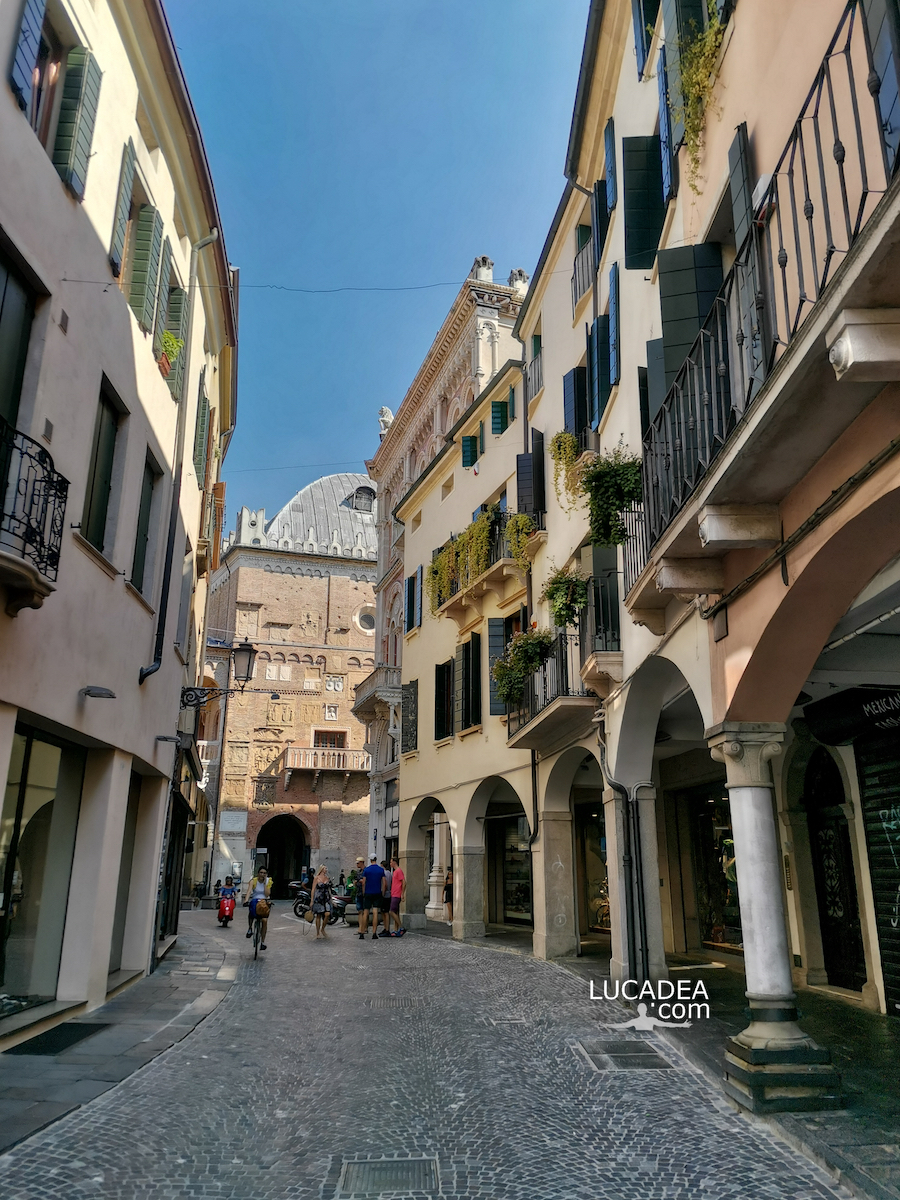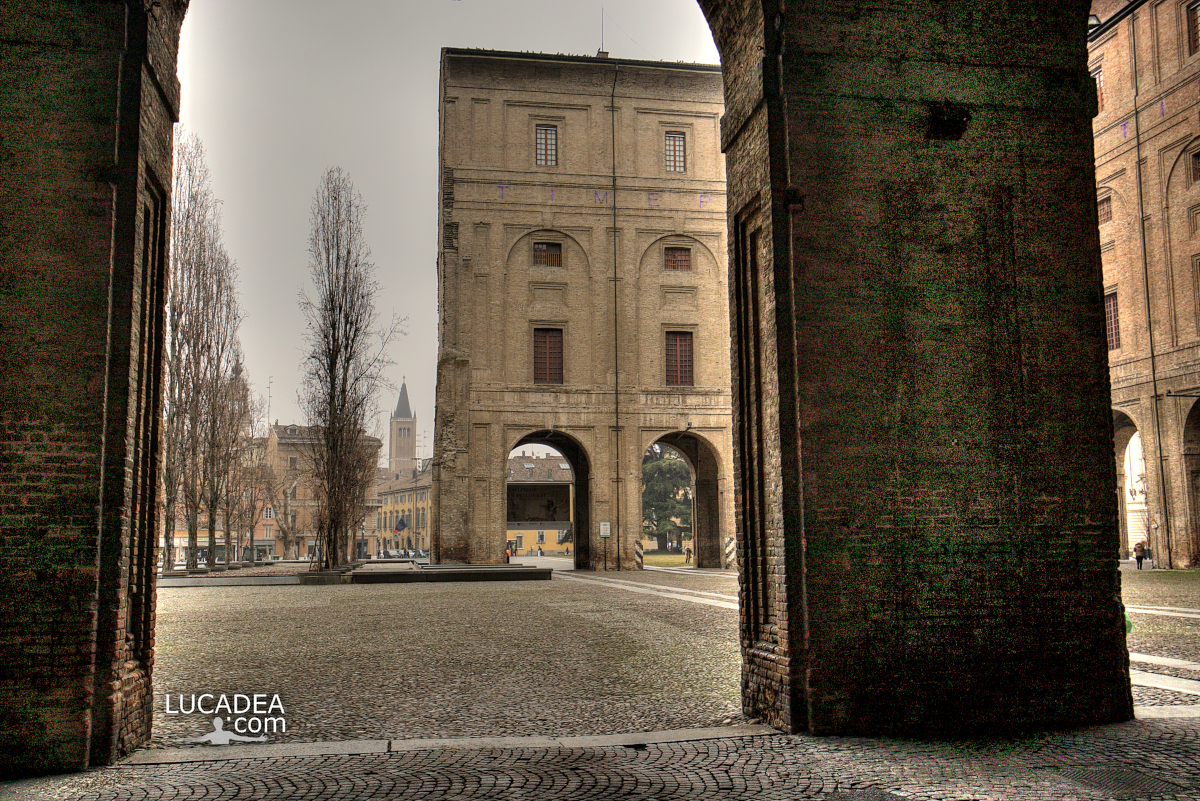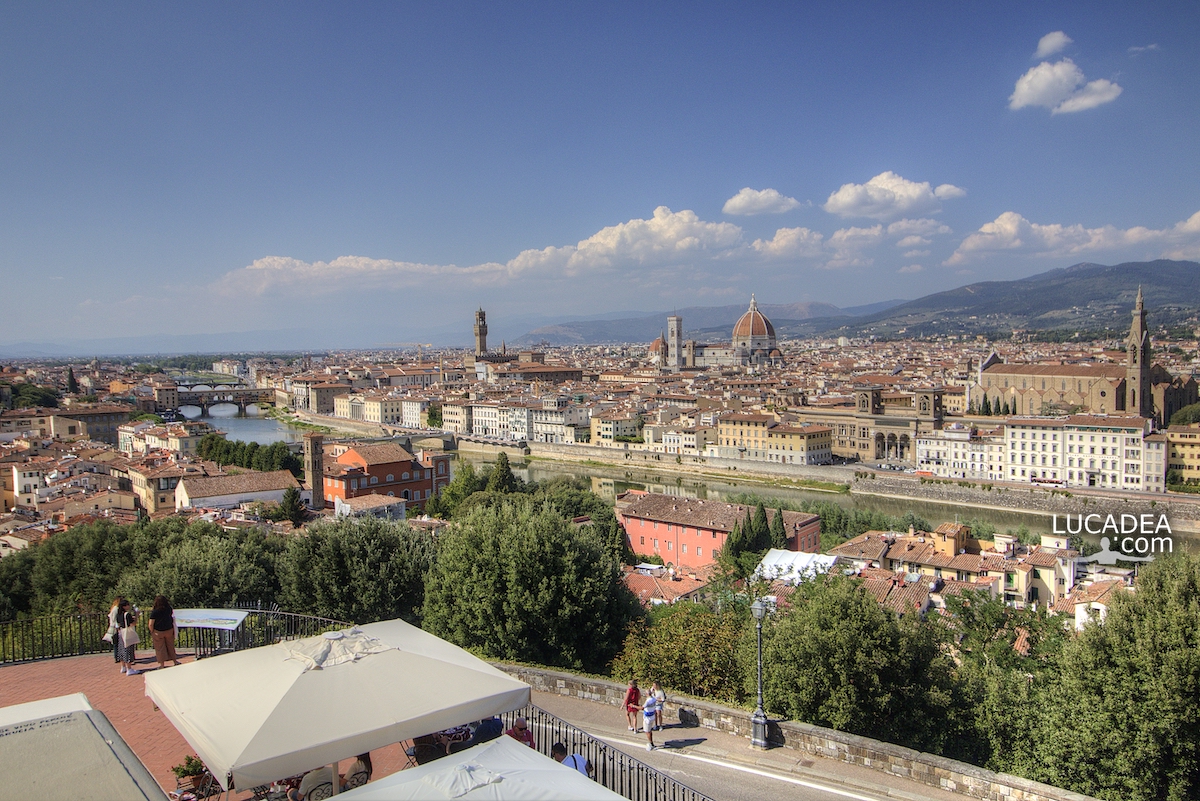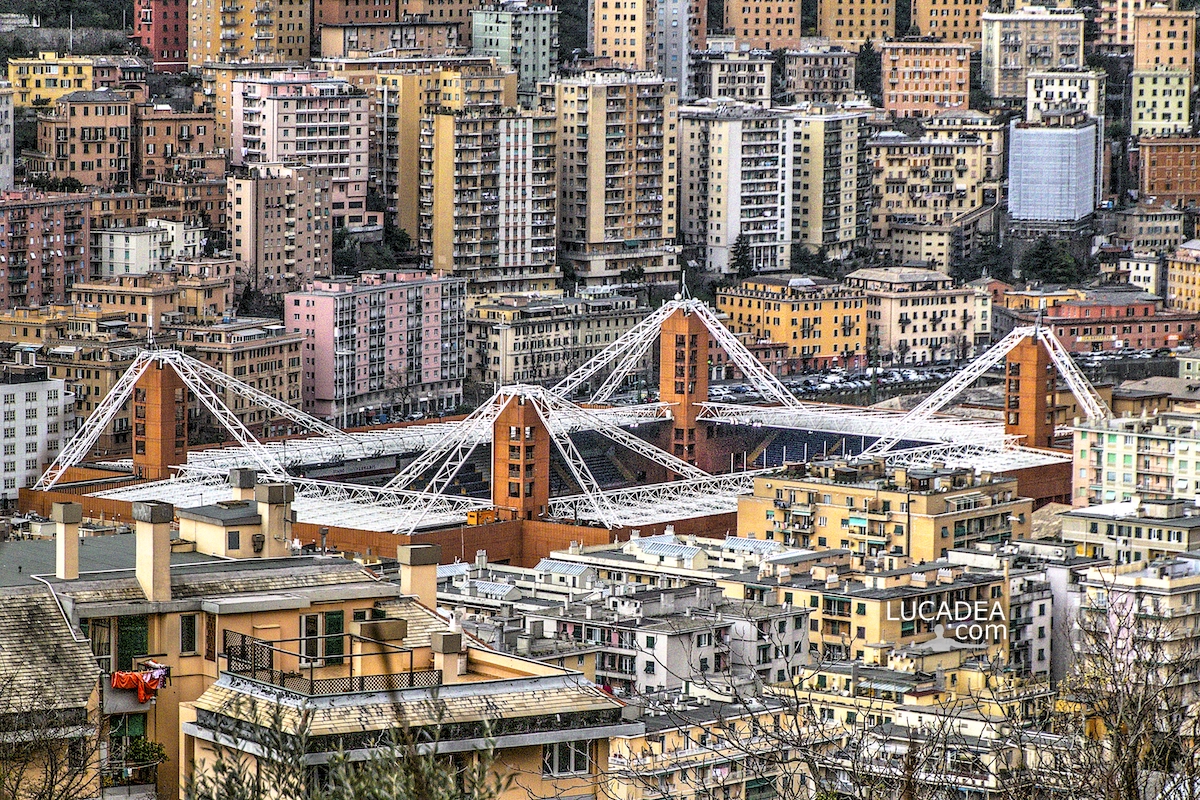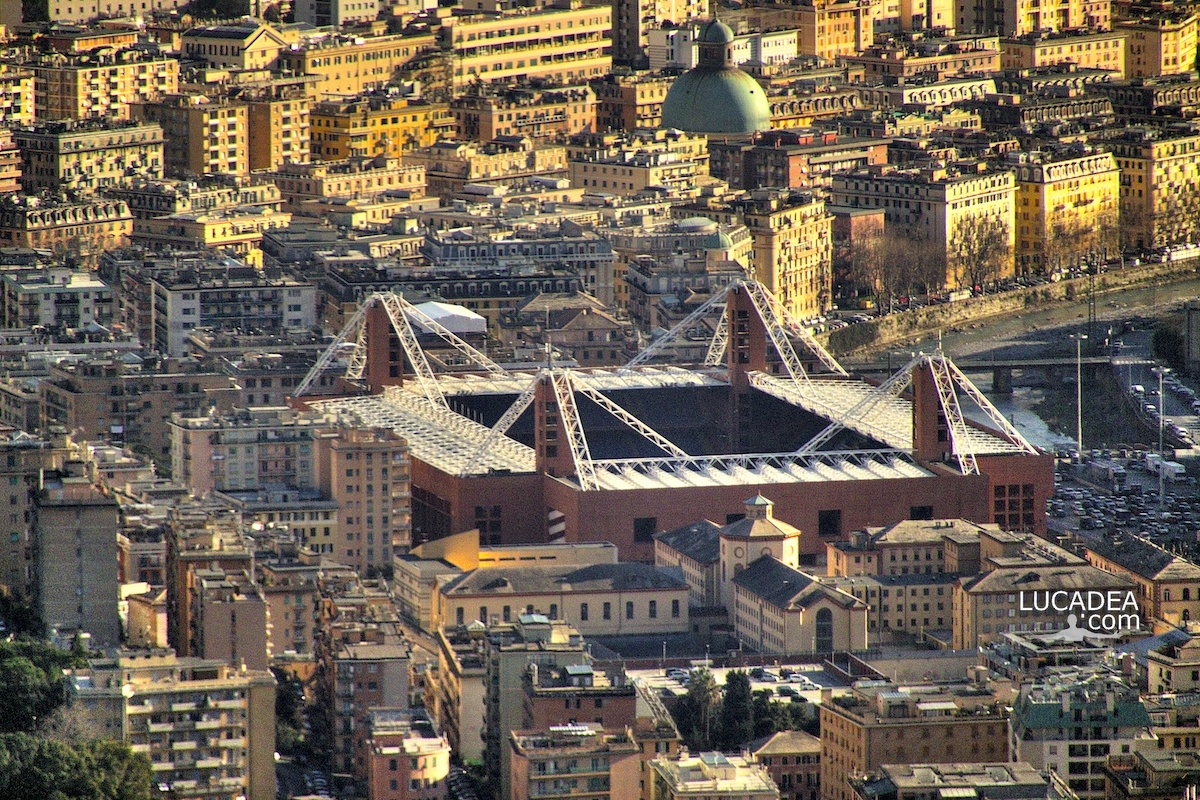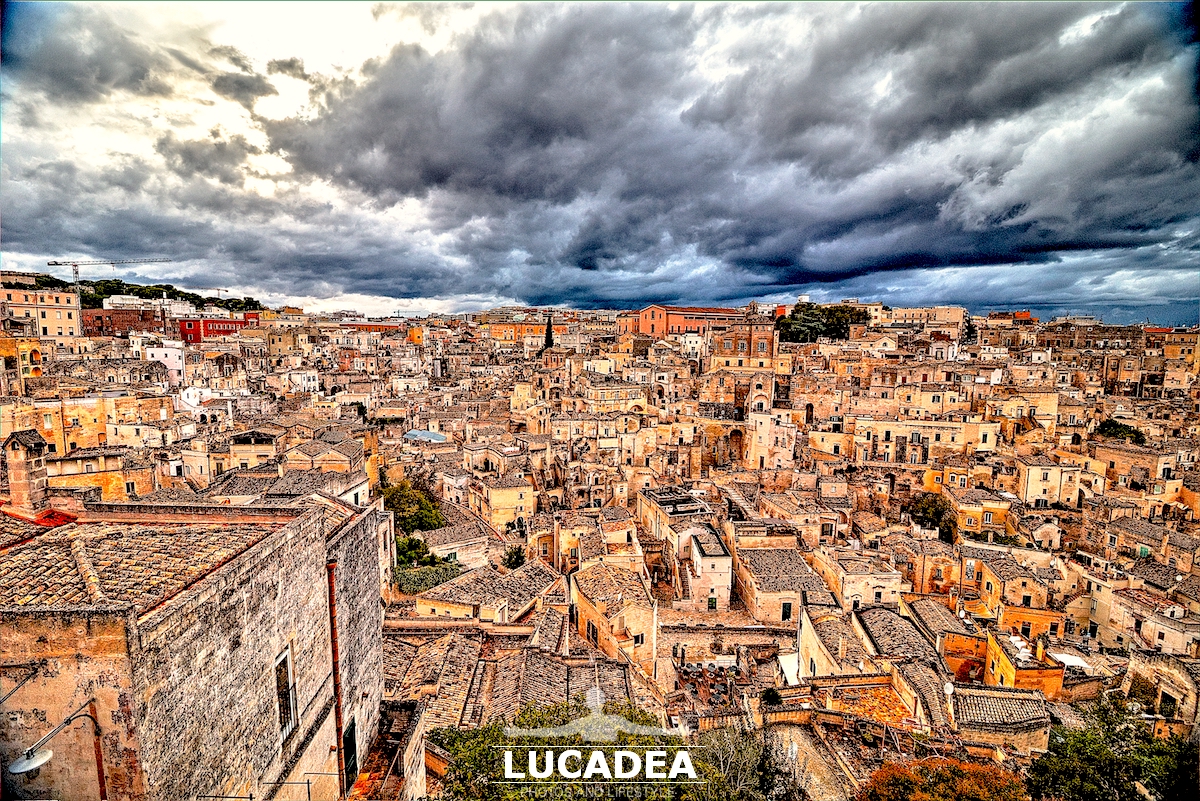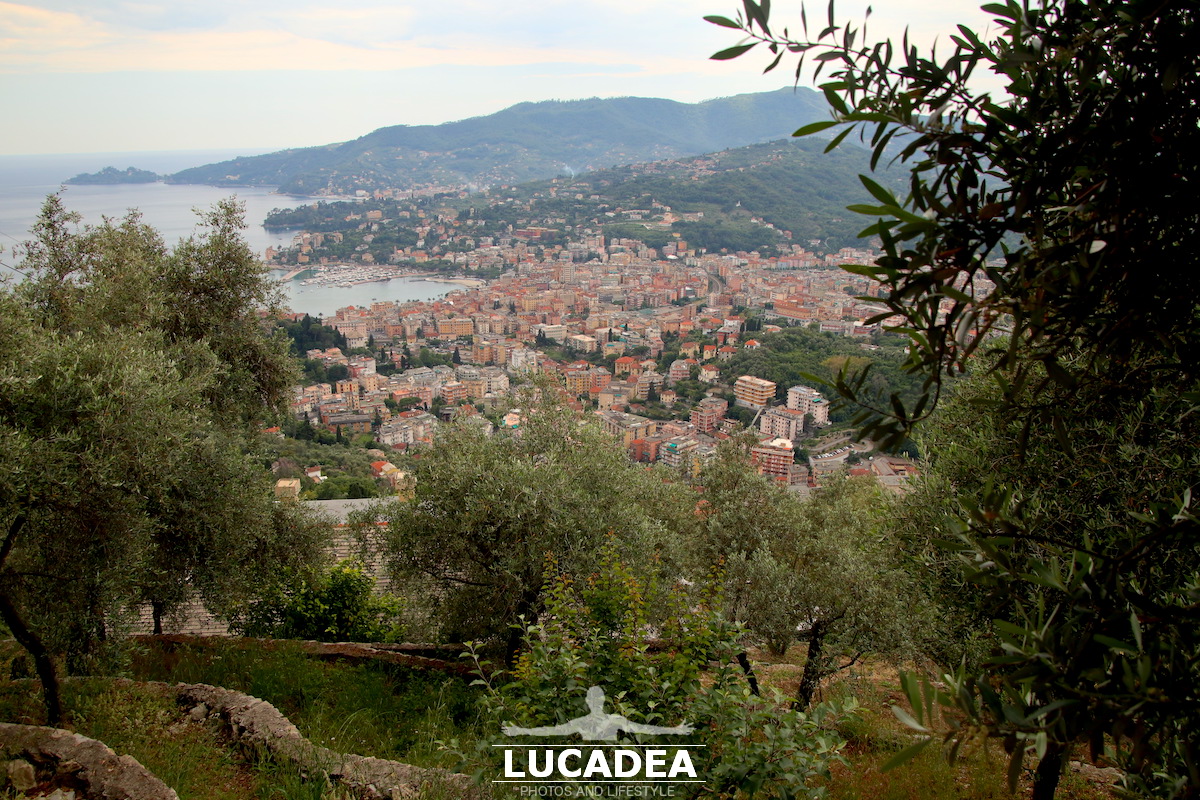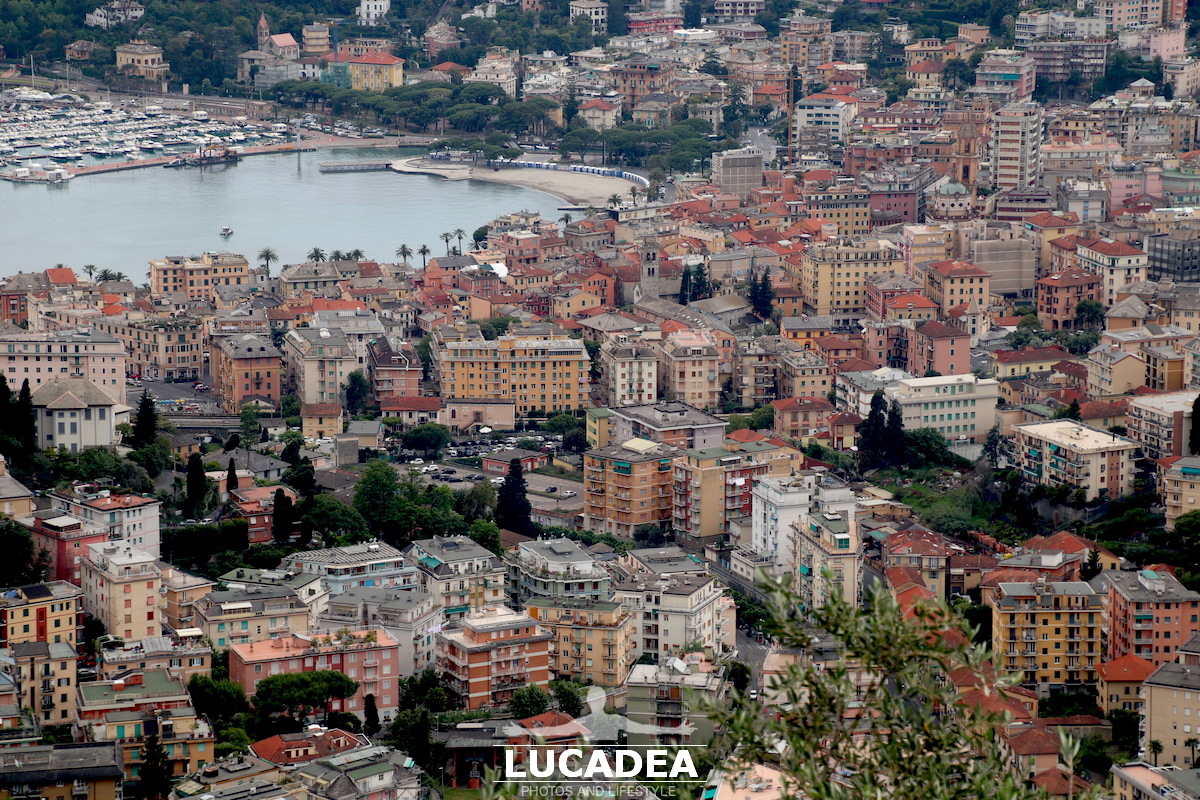The rooftops of the city of Cadiz seen from the ship.
In the heart of the Costa de la Luz, lies the picturesque city of Cadiz, a town overlooking the Atlantic Ocean and famous for its unique rooftops. The rooftops of Cadiz are not just architectural elements, but real spectacles that narrate the history and culture of this fascinating Spanish city.
The rooftops of Cadiz are a mosaic of shapes, colors and architectural styles. The buildings, often characterized by white facades, overlook narrow and winding streets, creating an urban labyrinth that develops in harmony with the topography of the city. The rooftops themselves, in many cases, are flat and offer spectacular panoramic terraces overlooking the sea or the charming old town.
The architecture of the roofs of Cadiz is steeped in Moorish influences, reflecting the history of the city that was under Muslim rule for centuries. The characteristic terraced roofs, often decorated with potted plants and even small gardens, create a welcoming and relaxing atmosphere. The red or brown tiles contribute to a fascinating play of colors that blends with the blue sky of the Costa de la Luz.
Every corner of the city offers a unique view of the roofs of Cadiz. From the bell tower of the Cathedral of Cadiz, the panorama opens onto a sea of roofs, with churches and domes emerging picturesquely. The crowded squares and charming alleys offer unexpected views, providing an unforgettable visual experience.
The roofs of Cadiz are also witness to the cultural fervor of the city. During the summer months, many terraces come alive with nightlife, becoming the perfect places to enjoy an evening under the stars or to watch the sunset over the Atlantic. These roofs become the stage for cultural events, concerts and parties that make Cadiz a vibrant and lively place.
In conclusion, the roofs of Cadiz are much more than just architectural coverings. They are the visual expression of the history, culture and timeless beauty of this fascinating Spanish city. Every visit to Cadiz is a journey through the picturesque peaks that make this destination one of a kind.
Do you know Cadiz? Add your own comment or go to the bottom of the site to read what other visitors have written.
Photo taken with Canon EOS RP and lens Tamron 16-300.
To see all the photos of the Spanish city, click here:

Here's where the town is located:
It is probably the oldest city founded in the western Mediterranean area by the Phoenicians in the 11th century BC, although its birth is now officially dated back to the end of the 8th century BC.
Founded with the original name of Gadir (in Phoenician: Gdr, fortress, with the same etymology as Agadir in Morocco) on what was once a small archipelago and now a single island, to exploit the rich trade routes with the Atlantic Ocean in the copper and tin trade. In ancient Greece it was known as Gadeira and in the times of the Roman Empire as Gades from which the current gentilic name of gaditano derives.
Continue and learn more on Wikipedia
The rooftops of the city of Cadiz seen from the ship – Les toits de la ville de Cadix vus du navire – Los tejados de la ciudad de Cádiz vistos desde el barco – Os telhados da cidade de Cádiz vistos do navio – Die Dächer der Stadt Cádiz vom Schiff aus gesehen – Những mái nhà của thành phố Cadiz nhìn từ con tàu – 从船上看到的加的斯市的屋顶 – 船から見たカディスの街並み
The text of the post was written with the help of ChatGPT, a language model from OpenAI.



